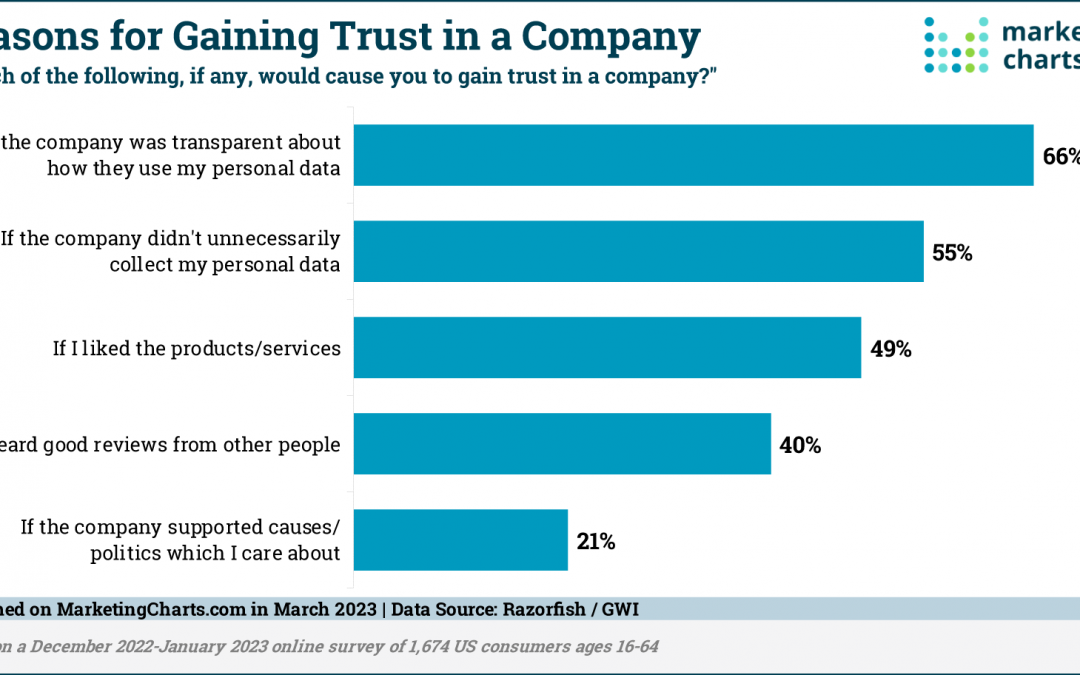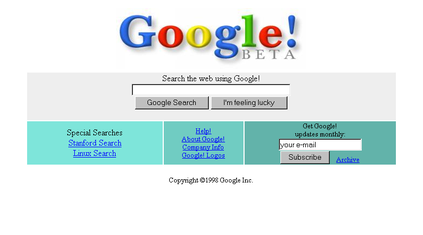
Narrow Minded Marketing
The goal of your advertising should be to increase both your sales and your brand identity. But all too often we overly focus on analytics or demographics when creating our media plans. Narrowly targeting often means you are missing the much larger population of people not in your core demographic.
As the “New Media” (digital and social) emerged, many businesses, large and small, made the move to these platforms believing that laser-focused targeting was the answer to their advertising dreams.
Wrong! In fact, Tide, the #1 selling laundry detergent, found that while they were focusing on the people who fit their “typical profile”, they were missing the much larger target of those who were not using their product. In other words, they were eroding their brand’s awareness and missing the target of “new and future” users. Ultimately, their sales started to decline.
In a swift move, they moved the majority of their budget back to traditional media, and sales and brand identity rebounded.
In another example, it might not seem unreasonable for a baby-products retailer to target “women 18-49 with infants”, but according to the market research firm Scarborough, nearly half of those who bought infants’ clothing, roughly 47%, were from households without children.
The same research from Scarborough found that nearly a quarter of all women’s cosmetics and perfumes, 23.5%, were bought by men.
In Roy Williams’ Twelve Causes of Advertising Failure, #9 is Overconfidence in Qualitative Data. “In reality, saying the wrong thing has killed far more ad campaigns than reaching the wrong people. It is amazing how many people become the ‘Right People’ when you are saying the right thing.”
Being too narrow-minded and focusing on only the core audience is actually eroding your brand. Hundreds and thousands of people are not in the market for your product or service today, or even soon, but someday they will be.
Thinking beyond the traditional demographics your competitors are targeting with their advertising can help you reach untapped markets to increase your sales well into the future.




